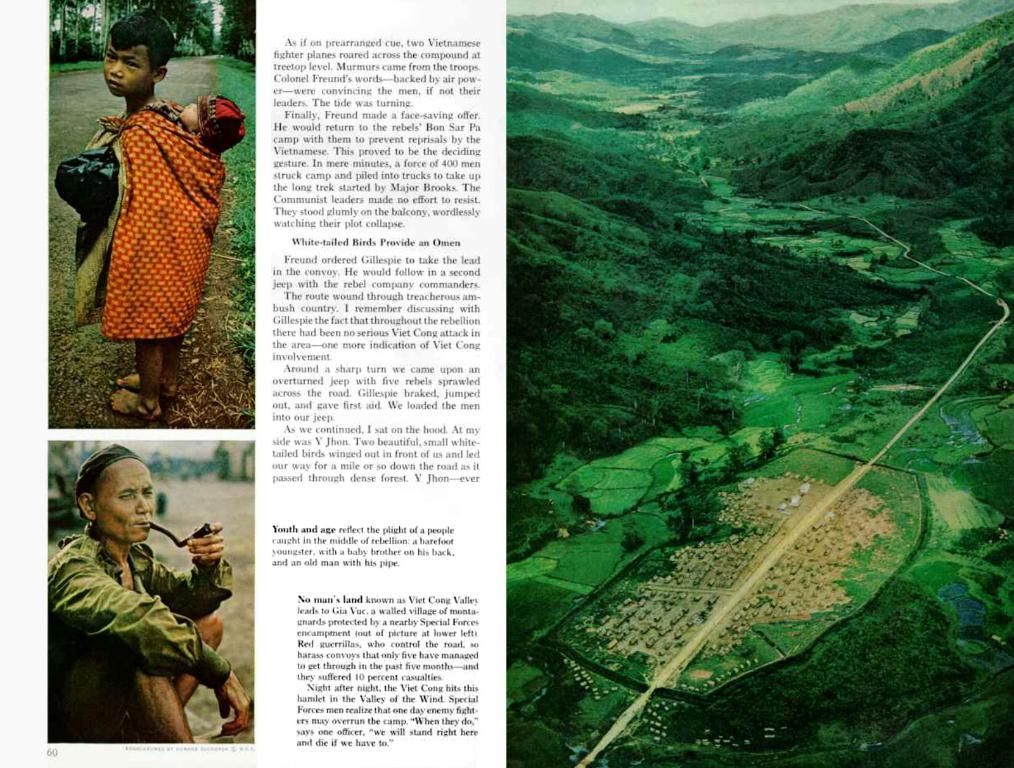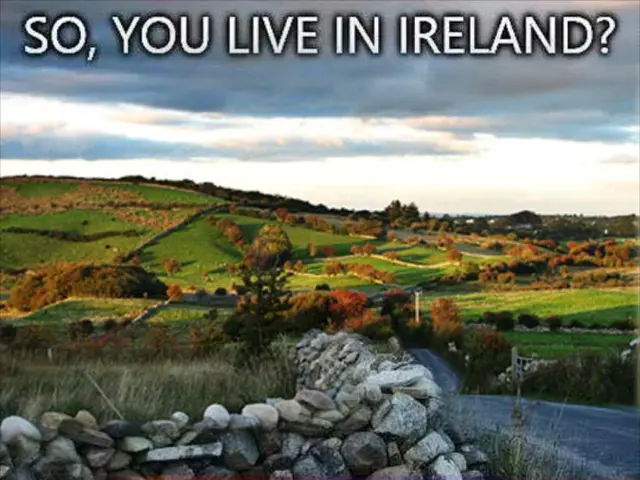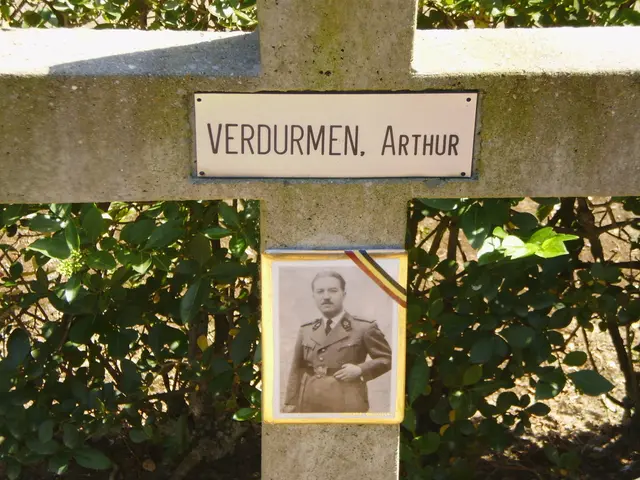Survived COP29 on the 24th November 2024, after two weeks of intense, technical negotiations!
COP29 Outcomes: Successes and Setbacks
It was a rollercoaster ride of coloring books, expensive sandwiches, and drama! Let's break down the COP29 outcomes: the wins and disappointments – and take a peek at COP16 (the biodiversity one) too. What is COP16? Why are there multiple COPs? What are all the acronyms? Check out our explainer here.
Money, Money, Money
COP29 happened in Baku, Azerbaijan, and was labeled as the 'finance COP' with the hopes of a climate finance deal being agreed. But, what exactly is climate finance? Simply put, it's any money used to fund actions that combat climate change. Richer nations - often called the Global North (which includes countries like Australia, Israel, and New Zealand) - have historically emitted the majority of CO2 responsible for global warming. As of 2019, the Global North emitted two and a half times their fair share of emissions allowed for 1.5 degrees of warming.
These wealthier countries industrialized earlier than the Global South, producing a lot of money at the expense of excessive CO2 emissions. It's been agreed that the richer countries should provide funds to developing countries, helping them grow sustainably without emitting so much CO2. Furthermore, there's a loss and damage fund to help countries most affected by climate change, many of which are poorer regions, and are vulnerable to rising sea levels, droughts, heatwaves, floods, and extreme storms.
The Highs and Lows of COP29
So, what actually went down this year? Let's explore some notable themes that emerged from the COP29 summit.
Gifts and Gas Stations
Each country had its own stand, giving an opportunity for cultural sharing and integration. Many offered gifts: Georgia handed out some wine samples, the UK provided coffee. Swing by the Russian stand, and you could grab an ecological coloring book, packed with tips for environmental sustainability. Some found it a bit strange, as it was produced by a major fossil fuel company.
Fossil fuels have been present throughout COP29. Host country Azerbaijan, a country with 90% of its exports coming from fossil fuels, showcased this throughout the summit and capital, Baku, which houses the world's first industrial oil well from the 1840s. For the second year running, COP was attended by more fossil fuel lobbyists than the ten most climate-vulnerable countries' delegations combined. Azerbaijan, next year's host Brazil, and one of the countries vying for COP31 presidency, Turkey, were the only countries with more attendees. Although the 1,773 attendees from fossil fuel companies accounted for only 1.5%, there were only three countries with more.
Should Fossil Fuel Companies Have a Seat at the Table?
Or does it provide an opportunity to engage and include those who can impact our world positively? Former Vice President Al Gore said, "It's unfortunate that the fossil fuel industry and the petrostates have taken control of the COP process to an unhealthy degree." Oil Change International member David Tong said it was like tobacco lobbyists at a lung cancer conference. The president of Azerbaijan described oil and gas as "a gift from God." This was heavily criticized by various faith groups. And Brazilian environment minister Marina Silva said, "We should take care in moderation of the gifts we are given - if we eat too much sugar, we get diabetes." During COP, a report published highlighted that eight fossil fuel companies had paid at least $17.6 million to Meta (Facebook and Instagram's parent company) alone for pushing their posts, generating 700 million impressions within the last year.
Raise Your Voice!
Protests and demonstrations have always been a big part of COP. It offers a chance to make voices heard by decision-makers and gives a platform to deliver big messages. Attendees of the COP29 summit were greeted by a lifesize model of a dead sperm whale on the waterfront in Baku, created by Belgian art collective Captain Boomer, to highlight "the disruption of our ecological system." In the run-up to COP29, the cop29.com website was purchased by Global Witness, calling for fossil fuel CEOs to pay for the damage they've done to the climate. There was a protest outside BP headquarters in London, and various demonstrations in Baku, including a large snake, aimed at fossil fuel attendees.
Agreements and Action
After two weeks, and overrunning by 34 hours, COP29 came to a close with several agreements. What did all those sleepless nights in stinky conference halls produce? (There was a brief smell issue, filling corridors with an unwelcome aroma.) There were finally some concrete numbers for climate finance - $1.3 trillion per year needed by 2035. This number is based on the recommendations of the Independent Expert Group on Climate Finance (IHLEG). "At least" $300 billion of this should come from developed countries. The remainder could come from a variety of sources, including private finance, taxes on cryptocurrency, airplane tickets, and the super-rich - known as solidarity levies. There was no agreement reached on how to take the Global Stocktake from COP28 forward, so it was pushed back to COP30 next year. The final element of the Paris Agreement, Article 6, describing 'carbon markets,' was finalized, although it was not yet agreed upon. This just means that the text has been written, but countries have yet to sign on the dotted line.
A Show of Progress, However Small
The emphasis following COP29, due to it being labeled the 'finance COP,' has been on climate finance. The amount pledged by the Global North has faced criticism: "A paltry sum" and "a joke" by delegates from India and Nigeria, respectively. However, others took a more optimistic view. Marshall Islands climate envoy Tina Stege said, "it isn't nearly enough, but it is a starting point." An observer was quoted by the Carbon Brief as saying, "momentum was neither lost nor gained, just maintained" - earning a "passing grade." UNFCCC Executive Secretary Simon Stiell said, "This new finance goal is an insurance policy for humanity amid worsening climate impacts hitting every country. But like any insurance policy - it only works if premiums are paid in full, and on time. Promises must be kept, to protect billions of lives." $300 billion per year has widely been agreed not to be enough, but the establishment of a deal could be enough to spur on further investment required from private finance and new sources, such as carbon markets and new taxes.
Beyond the Negotiations
Beyond the formal negotiations, there have been some significant developments.
- Indonesia, the world's 8th largest emitter of CO2, unexpectedly pledged a complete phase-out.
- Mexico was the last G20 country to not commit to net zero, but did during COP29.
- The UK and the EU joined 30 nations in an agreement to slash emissions further, specifically targeting methane emissions.
- China's influence grew in the absence of strong US leadership. It announced the opening of the world's largest wind farm.
- The US rejoining the Paris Agreement was rumored, although it has not yet been confirmed.
- Some NDCs (Country Climate Plans) were announced, including:
- UK pledged a 81% reduction against 1990 levels by 2035.
- Brazil announced a 59-67% reduction against 2005 levels.
- At COP29, over 70 events were hosted in the dedicated Ocean Pavilion over the two weeks.
COP16: The Biodiversity Conference
Just 10 days before the first COP29 delegates arrived in Baku, COP16 wrapped up in Cali, Colombia. Following similar themes, it was focused on money, and particularly where to find the funds needed to tackle biodiversity loss and restoration. COP16 established the Cali Fund, although it's entirely voluntary and has debated scope. Another main objective for COP16 was updating National Biodiversity Strategies and Action Plans, and unfortunately, only 44 countries out of 196 had completed their updates by the conference's end. 119 countries submitted national biodiversity targets, building on the work of the Global Biodiversity Framework agreed on at COP15. COP16 officially recognized the importance of indigenous peoples and local communities (IPLCs) to conservation efforts, creating a body to amplify their voices in the CBD.
Indigenous Voices prevailed in COP16
The Small Island Developing States (SIDS) strongly pushed for progress at COP16. The Maldives announced a 14% protection of their coral reefs, with more protections planned. The Azores announced the creation of the largest MPA network in the North Atlantic, protecting 30% of their waters. The parties approved a new process to identify ecologically or biologically significant marine areas (EBSAs), although it does not guarantee protection. Generally, the progress made for the Ocean was received positively.
- The COP29 summit marked the 'finance COP', with a hope for a climate finance deal, defined as any money used to combat climate change.
- Richer nations, often called the Global North, have historically emitted more CO2 than their share for 1.5 degrees of warming, roughly two and a half times the agreed limit.
- Developing countries are being assisted by the Global North to grow sustainably and reduce CO2 emissions, with funds also allocated for a loss and damage fund to help regions most affected by climate change.
- Marine protected areas were highlighted at COP29, with the ocean pavilion hosting over 70 events during the two-week summit.
- The importance of biodiversity was emphasized at COP16, the biodiversity conference that preceded COP29, with a focus on funding for conservation efforts.
- Indonesia surprised attendees by pledging a complete phase-out at COP29, making it the 8th largest emitter of CO2 to take such a step.
- Climate change was not the sole focus during the conferences, with energy, finance, education, and self-development sectors also addressed.
- COP16 declared the importance of indigenous peoples and local communities in conservation efforts, creating a body to amplify their voices in the Convention on Biological Diversity.
- Scientific findings were extensively discussed at both COP29 and COP16, with an emphasis on the need for industry, business, and education to play their part in addressing climate change and biodiversity loss.








